How to Take Interesting Group Photos
One of the most common types of photography is the group photo. Whether you work with families, at weddings or events or in the corporate world, it’s likely you’ll need to take group photographs at some stage.
But group photos can be hard to get right. So let’s look at some tips to get your group photos right.
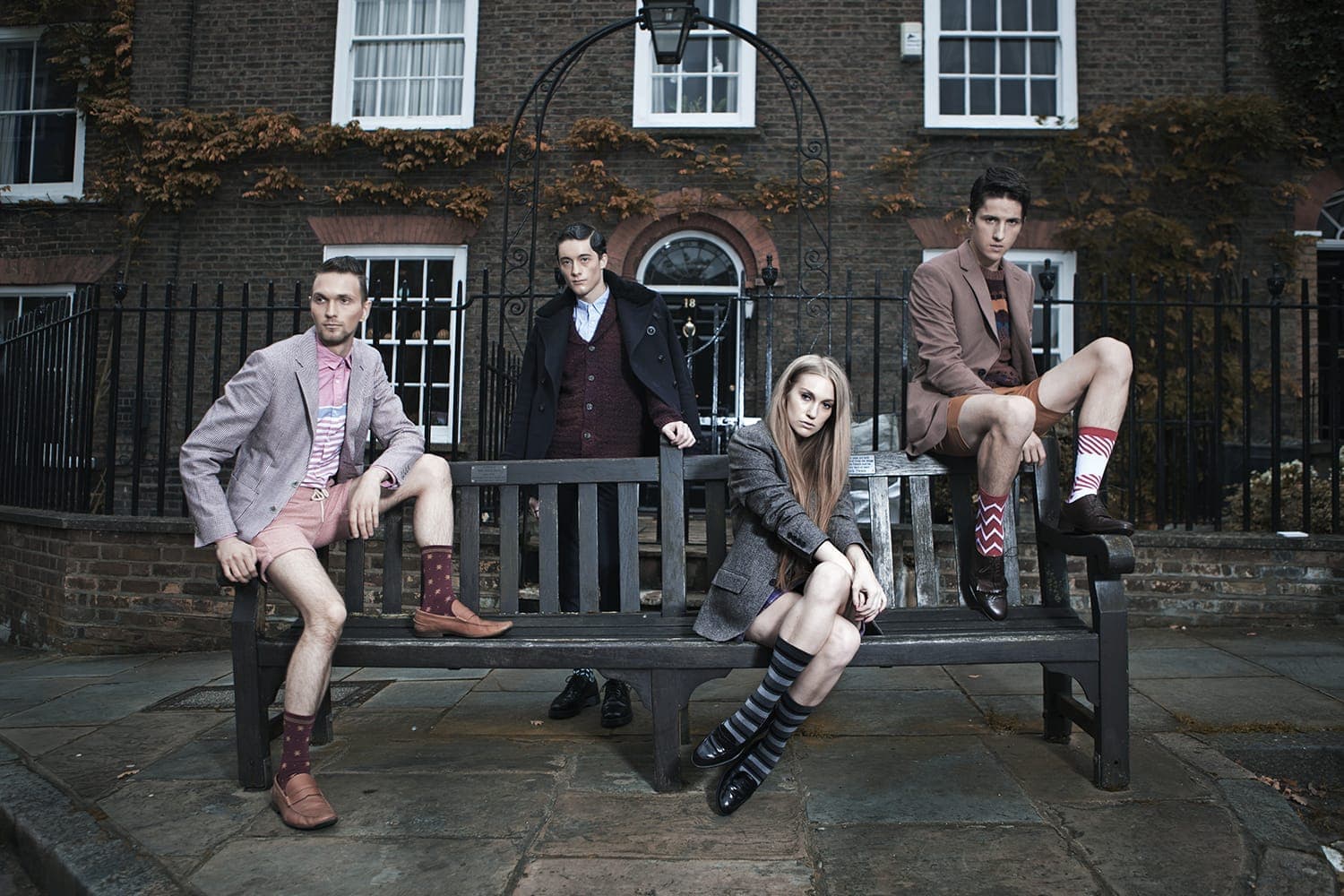
Preparation
Taking a good group photo requires a little forward planning. If you have the opportunity scope out a good location beforehand. Make sure everyone you want in the shot is ready a few minutes in advance, so there’s no waiting around for stragglers to turn up!
Think about how you’re going to pose people in your shot and the very important factor of making sure that nobody’s head is hiding behind another person. And finally, make sure that your camera is ready to shoot!
Location
The location for your group photo is often what will make or break the shot. If you’re photographing a sport team, for example, it makes more sense to photograph them at their playing field than in the middle of nowhere. Think about how to give your images context.
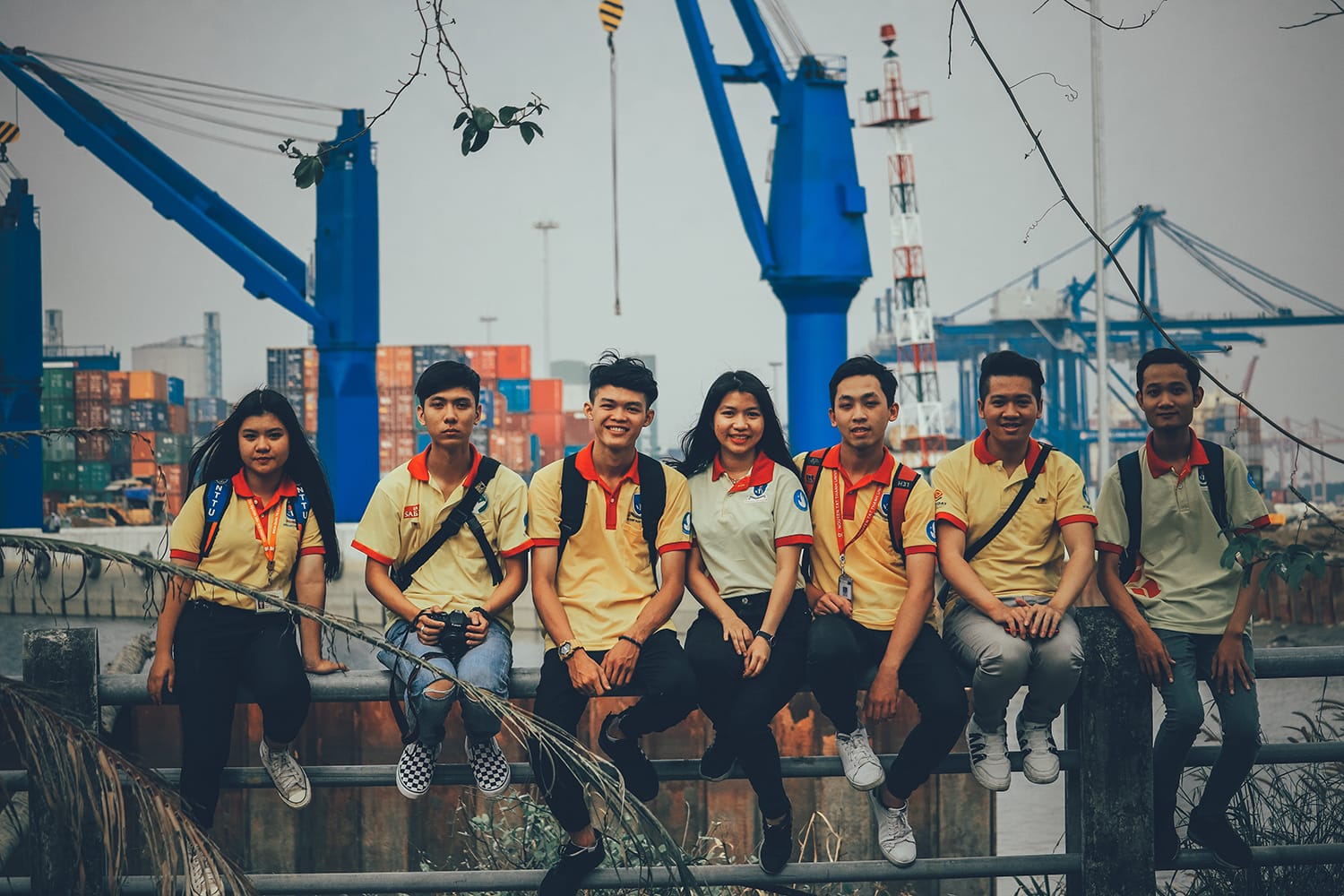
But if you’re shooting at a wedding or corporate function with no particular context, look for open landscapes with no distractions in the background. A large group of people has enough going on without adding to that. Try and pick a moment when the lighting is even, with no hard shadows falling on any of the group.
Take a lot of shots
One of the biggest problems with group shots is someone blinking or not looking at the camera at the right time. The easiest way round this is to take multiple shots – try switching your camera to continuous shooting mode and firing short bursts of shots. You will often find that people start to relax a few shots in naturally.
It’s also worth taking some shots without warning people, as you’ll get a mix of interesting photos this way.
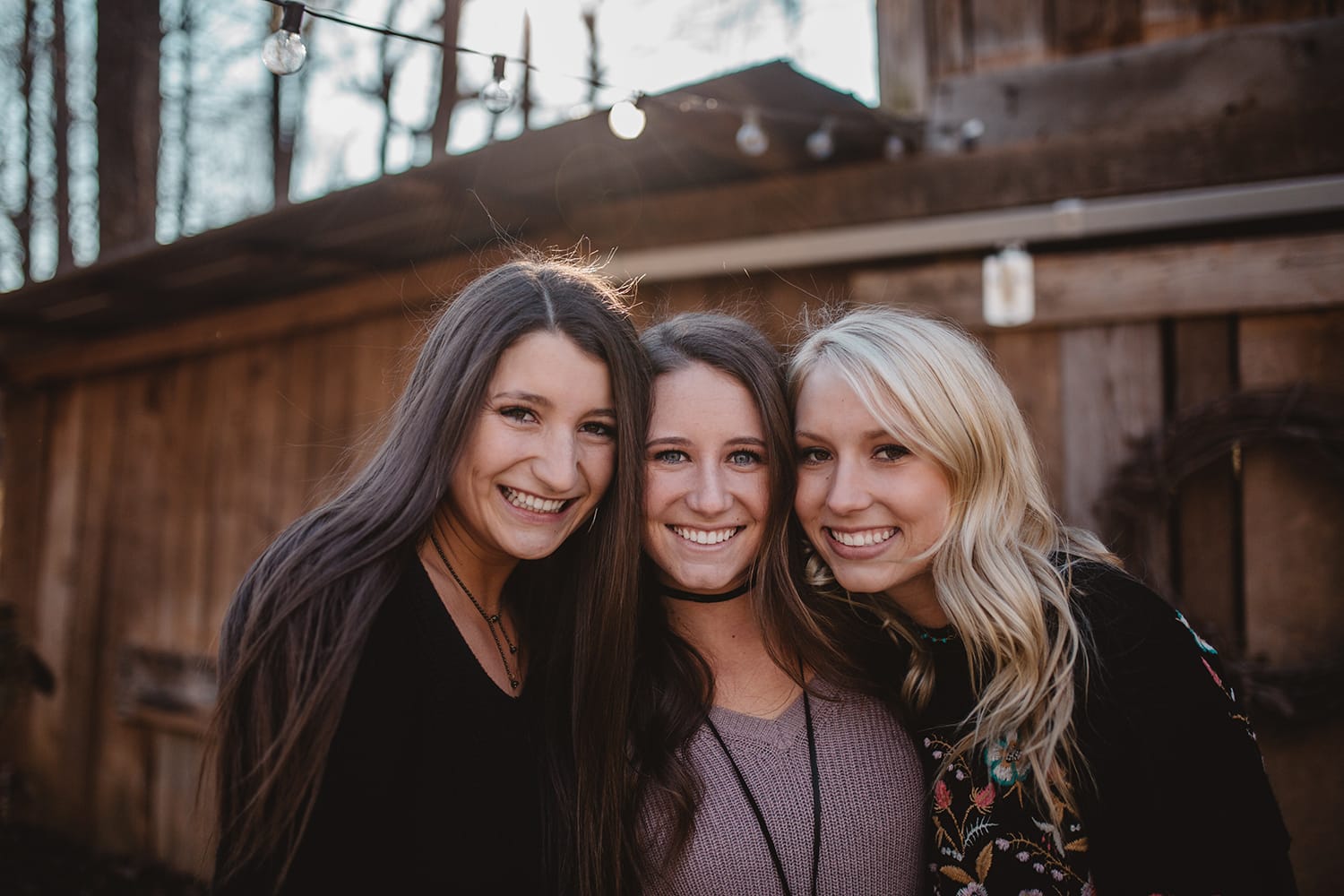
Use a wide-angle lens
A wide-angle lens makes it easier to get everyone in the shot, without you having to stand too far away. It also means that you can get closer to your subjects and retain more detail in their faces. You can also try taking some head and shoulder shots if your group is a smaller one.
Watch your aperture
Although a wide-angle lens doesn’t have as pronounced a depth of field as a telephoto, you still need to make sure that all your subjects are sharp. Use an aperture of at least f11, or f16 for larger groups. This will mean that you have a large depth of field, but a smaller aperture and therefore less light. Remember, you’ll still need a minimum shutter speed of 1/60th so that any slight movement from your subjects is frozen. If necessary, up your ISO slightly to compensate for the lack of light.
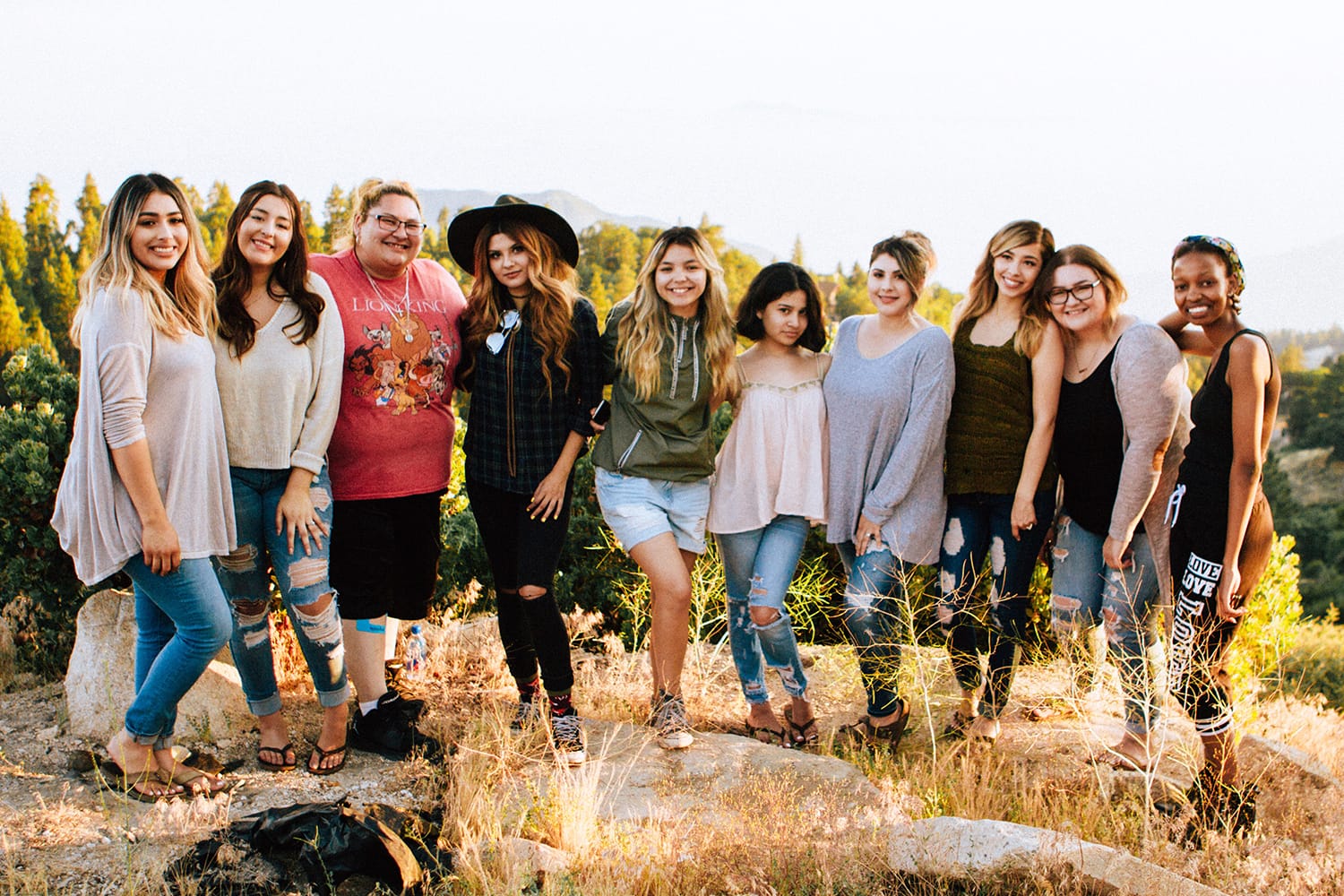
Lighting
If it’s possible, try to shoot in the evening or in the shade. This will prevent your subjects from having to squint into the sun. Evening sun is warm and far more flattering to your subjects and there won’t be harsh shadows. If it’s not possible to shoot in the evening, try to shoot in the shade. The key thing to avoid is the harsh shadows that you get when the sun is directly overhead, as this will create further shadows under your subjects’ eyes, nose and chin.
Posing
Whilst you will probably find that people will pose themselves to a certain extent naturally (e.g. tall people will go behind short people), it helps to give a little guidance. Make sure people are close together to help keep everyone in focus and to help give a sense of unity to the group.
If particular people are the focus of a shot – say the bride and groom at a wedding, make sure they are the central focus point of the photograph and group everyone else around them. You can also vary the shots by doing some where everyone is looking at the couple in question, as well as ones where everyone looks at the camera. And for variation in group photos, put taller members not only at the back of the group but centred with shorter people on either side of them as well.
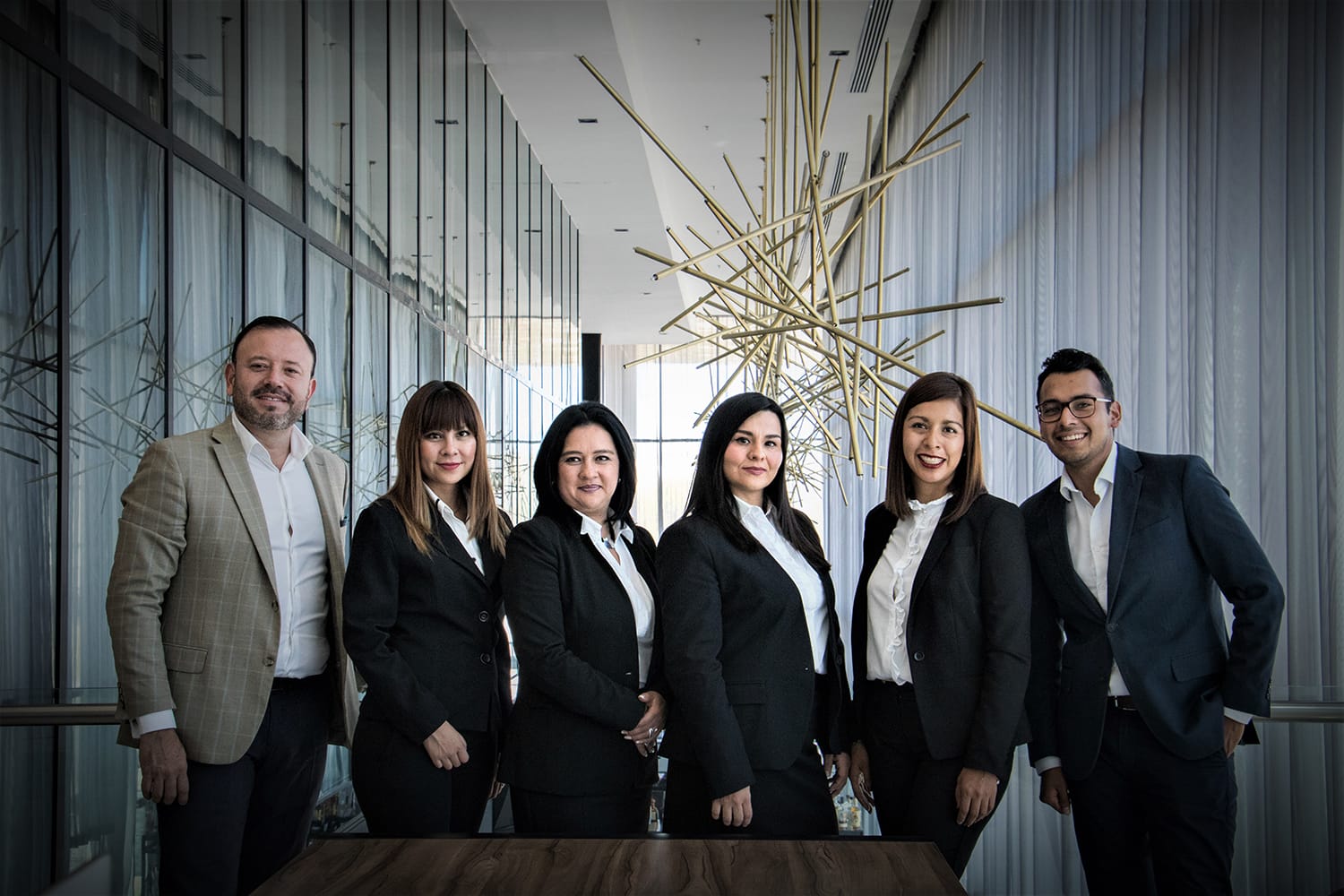
Clothing
It’s not always possible but if you can, get your subjects to wear solid colours and clothes without distractions on them, such as big logos. This will help keep the viewer’s attention on your subjects’ faces, as opposed to whatever they’re wearing!
Be quick and be observant
Before you take a shot, look for any distracting details on each person. Hair in the face or an awkward hand placement, for example, can really distract from a decent shot. Large groups tend to loose interest in being photographed quite quickly – there are two many distractions from others in the group! So take your shots quickly and with minimum hassle.
Finally, remember the mantra…
If you can’t see me, I can’t see you!
I find myself saying this on every group photo shoot as it helps people to avoid hiding behind someone else (either by accident or design!). It’s definitely a useful phrase to remember!
